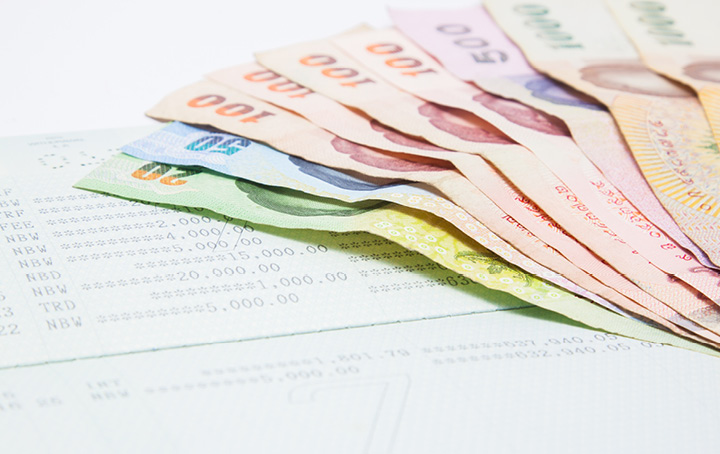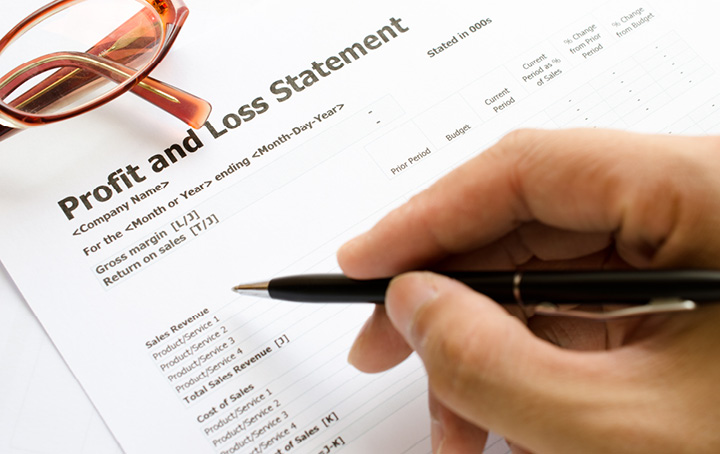

[column width=”1/1″ last=”true” title=”” title_type=”single” animation=”none” implicit=”true”]
Under the “downsizer” contribution scheme, individuals aged 65 years and over who sell their home may contribute sale proceeds of up to $300,000 per member as a “downsizer” superannuation contribution (which means up to $600,000 for a couple).
These contributions don’t count towards your non-concessional contributions cap and can be made even if your total superannuation balance exceeds $1.6 million. You’re also exempt from the “work test” that usually applies to voluntary contributions by members aged 65 and over.
However, if you don’t qualify for the scheme, your contribution could count as a non-concessional contribution and cause you to breach your contributions cap. Here are some areas where the ATO is seeing mistakes with the eligibility rules.
10-year ownership
You, your spouse or a former spouse must have owned the property for the 10 years prior to the sale. The ATO explains that it’s not necessary for the same person to hold the property during those 10 years, just some combination of the above three. However, the property must also be owned by you or a current spouse (not a former spouse) just before you sell.
Another thing to watch is that the ownership period is generally calculated from the date of settlement of purchase to the date of settlement of sale. For example, if you signed a contract to purchase “off the plan”, the settlement might occur much later and that’s when your ownership period starts.
Main residence exemption
Another key requirement is that the capital gain from the sale must be wholly or partially exempt from capital gains tax (CGT) under the “main residence exemption”. If your home is a “pre-CGT asset” (ie acquired before 20 September 1985), it must be the case that the capital gain would hypothetically qualify for the main residence exemption, in whole or in part, if it had been acquired on or after 20 September 1985.
You won’t qualify for any main residence exemption where you’ve never used the property as your main residence. But thankfully, even a partial main residence exemption will allow you to make downsizer contributions, eg where you use your home to generate income (in addition to living there).
The main residence requirement is not related to the 10-year ownership requirement, so it’s not necessary that the property was your main residence during that 10-year period.
The key to a successful downsizer strategy is to plan ahead. Contact our office to ensure you’ll meet all the relevant requirements.
[/column]